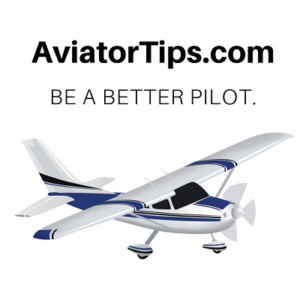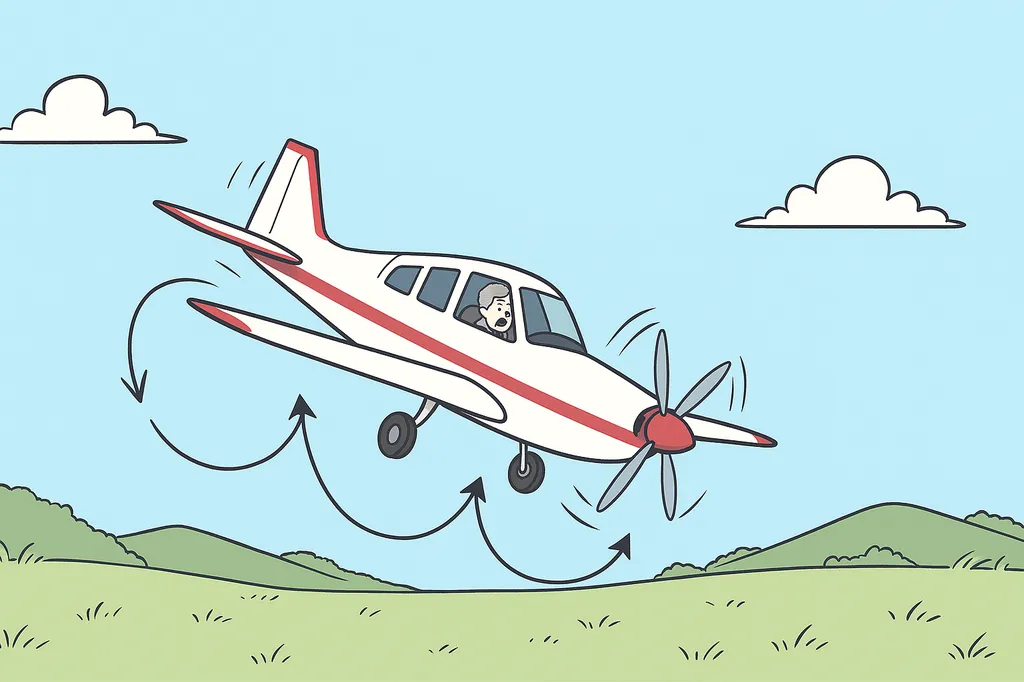Pilot induced oscillation (PIO) is a challenge every aspiring pilot needs to understand and prepare for. Often sudden and surprising, these oscillations can transform an otherwise routine flight into a dangerous struggle for control. Whether you’re sitting in the cockpit of a Cessna 172 or an advanced jet, knowing how to recognize, prevent, and recover from PIO is a skill that can safeguard your flight, and your future as a pilot.
In this guide, we will dive deep into what causes pilot induced oscillations, how to recover from them, and why understanding the mechanics behind them is crucial for safe flying.
What Is Pilot Induced Oscillation?
Pilot induced oscillation is an unintended, self-sustaining oscillation of an aircraft caused by the pilot’s own control inputs. It happens when a pilot over-corrects the aircraft’s attitude in response to a disturbance, causing a repetitive, out-of-phase movement that can quickly escalate.
Imagine a child on a swing: if you push at the wrong time, you make the swings wilder, not smoother. The same idea applies here. If the pilot’s control inputs are mistimed, they can unintentionally amplify the aircraft’s motion rather than stabilize it.
PIO is typically seen in the pitch axis (nose up and down), but it can occur in roll or yaw as well.
Why Pilot Induced Oscillations Happen
Understanding the causes of pilot induced oscillation is key to effective prevention and recovery.
Here are some of the primary factors:
1. Aircraft Sensitivity
Highly responsive aircraft, like military jets, gliders, or light sport planes, require small, measured inputs. New pilots, used to slower-responding trainers, might overcontrol these sensitive machines.
2. Control Lag
There’s always a slight delay between when you move the control stick or yoke and when the aircraft responds. Overcorrecting during that lag can easily lead to PIO.
3. Pilot Reaction Time
Human reaction times are not instantaneous. By the time a pilot reacts to a pitch change, it may already be too late, and the input is applied at the wrong point in the aircraft’s motion.
4. Stress and Startle Effect
Unexpected turbulence, gusts, or emergencies can cause pilots to react impulsively rather than thoughtfully, leading to more aggressive or delayed control inputs.
5. System Feedback
In some aircraft, especially fly-by-wire systems or highly computerized flight controls, the feel and feedback are different. Misinterpreting these cues can contribute to oscillations.

Recognizing Pilot Induced Oscillation in Flight
Spotting the signs of pilot induced oscillation early is critical:
- Rapid pitch changes without pilot intention
- Increasing amplitude of oscillations despite attempts to correct
- Loss of smooth flight path or stability
- Uncommanded changes in aircraft attitude
If the nose is bobbing up and down, or the wings are rocking side to side rhythmically, there’s a good chance you are experiencing PIO.
How to Recover from Pilot Induced Oscillation
Let’s break down pilot induced oscillation recovery step-by-step:
1. Release Control Pressure
The first and most important step is to stop fighting the aircraft. Release or significantly reduce control inputs. Many times, the aircraft will naturally stabilize when not interfered with.
Instructors often say: “Loosen your grip, let the airplane fly.” This advice is particularly true in a PIO situation.
2. Neutralize the Controls
Move the controls smoothly to a neutral position. Sudden movements, even to correct, can exacerbate the oscillation.
Keeping your hands light on the yoke or stick helps avoid overcorrection.
3. Assess Airspeed and Configuration
If airspeed is too high or too low, it can affect control responsiveness. Check if flaps, gear, or trim are properly set for the phase of flight. Reducing speed slightly or adjusting configuration can help dampen oscillations.
4. Use Trim Properly
Often, excessive nose-up or nose-down trim can lead to heavy stick forces, prompting overcontrol. Adjust trim incrementally to reduce stick pressure.
5. Avoid Panic Inputs
Jerking the controls in response to PIO can worsen the problem. Smooth, measured corrections once stability returns are essential.
6. Reestablish a Normal Flight Attitude
Once the oscillation is under control, calmly adjust pitch, roll, and power settings to return to a steady, level flight path.
Pilot Induced Oscillation in Different Aircraft Types
PIO does not discriminate by aircraft type. Let’s look at some examples:
Light Aircraft (Cessna 172, Piper Archer)
While less common due to forgiving flight characteristics, PIO can happen during landing if pilots overcontrol on the flare. This is especially risky because it occurs close to the ground.
High-Performance Aircraft (F-16, F/A-18)
Military jets, with their sensitive controls and quick response times, are notorious for PIO. Extensive simulator training is standard to prepare pilots.
Gliders
Gliders are susceptible to PIO during winch launches or in turbulence because they have a very different control feel compared to powered aircraft.
Transport Aircraft
While rare, oscillations in large airliners can occur during gusty approaches or missed landings if not managed with calm, precise control inputs.
Preventing Pilot Induced Oscillation: Best Practices
1. Proper Training
Use simulators and flight training to practice PIO recovery techniques. Repetition builds muscle memory.
2. Understand Your Aircraft
Know the responsiveness of the airplane you’re flying. Consult the Pilot Operating Handbook (POH) and study the handling characteristics.
3. Smooth Control Inputs
Avoid abrupt, large movements. Think “small, smooth, steady” when maneuvering.
4. Fly By Feel
Use light grip pressure. Pilots who “white knuckle” the controls are more prone to overcontrol.
5. Mental Preparation
Anticipate potential PIO scenarios and mentally rehearse how you’ll respond calmly and methodically.
Advanced Techniques for Pilot Induced Oscillation Recovery
For more advanced pilots, additional techniques can help:
Fly-By-Wire Aircraft Considerations
In modern jets, autopilot or flight directors can assist in maintaining stability. Know when and how to use these systems effectively.
Relax and Let the Stability System Work
Many modern aircraft are aerodynamically stable. Often the best recovery is minimal interference.
Training With Crosswind and Gusty Conditions
Short field takeoffs and crosswind landings can invite PIO if not handled carefully. Regular practice in varying conditions helps hone your reaction timing.
Read also: How to Master Crosswind Landings
Common Mistakes in Pilot Induced Oscillation Recovery
- Overcorrecting
Applying more input just as the aircraft reverses direction is a surefire way to worsen PIO. - Tensing Up
A tight grip makes smooth corrections harder. - Ignoring Trim
Poorly trimmed aircraft force pilots into a cycle of constant adjustment. - Panic
Letting stress cloud judgment leads to poor decision-making and more erratic inputs.
Final Thoughts: Mastering Pilot Induced Oscillation Recovery
Pilot induced oscillation recovery is an essential skill for pilots of all levels. Whether you’re a student in your first few flights or a seasoned pilot transitioning to a new aircraft type, understanding the causes, signs, and corrective actions for PIO will make you a safer, more confident aviator.
The next time you experience a sudden oscillation, remember: smooth, light, and thoughtful control is your best ally.
Recent Posts
FAA MOSAIC Final Rule: What Pilots, Manufacturers, and the Aviation Community Need to Know
Learn how the FAA’s MOSAIC final rule revolutionizes Light-Sport Aircraft certification, expands Sport Pilot privileges, and reshapes general aviation. See what’s changing, when it takes effect,...
Student Pilot Insurance: Essential Coverage for Aspiring Flyers
Discover how student pilot insurance can protect your flying dreams. Get expert tips and coverage options to ensure your safety and peace of mind.


